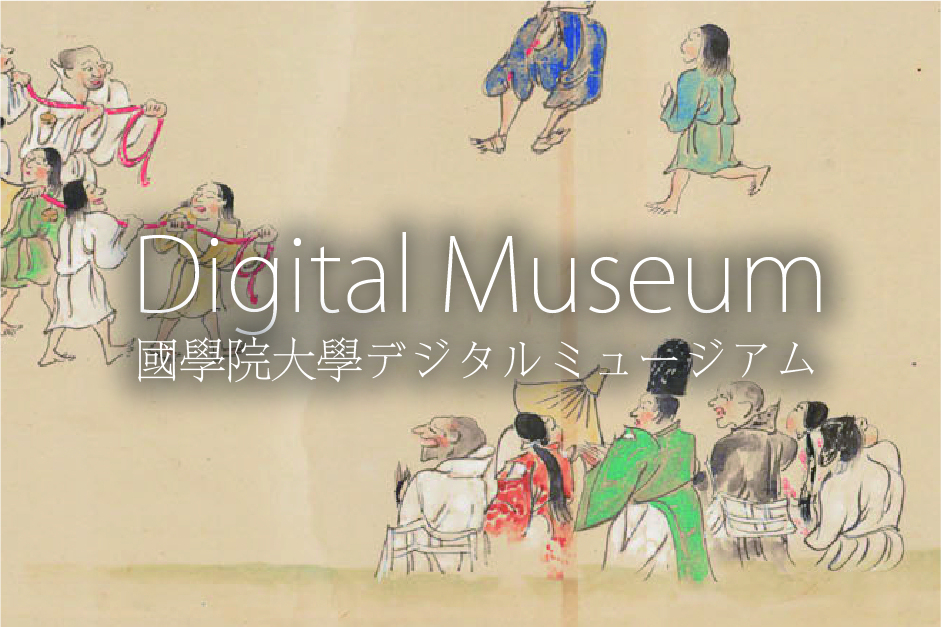Encyclopedia of Shinto
| Main Menu: | |
| Links: |
詳細表示 (Complete Article)
| カテゴリー1: | 5. Rites and Festivals |
|---|---|
| カテゴリー2: | Rituals in Daily Life |
| Title | Ehō |
| Text | The most auspicious geomantic direction for the given year; the geomantic direction inhabited by Toshitokushin (also ehōgami; in either case, the kami that heralds the New Year) for that year. It may also be written as "auspicious direction" (kippō) or "elder direction" (ehō), and called the ake no hō ("bright direction"). Paying respects (sankei) at a shrine located in the ehō direction on New Year's Day is called ehōmōde. This belief became widespread in the Edo period, and hatsumōde, too, was conducted during that period according to the ehōmōde convention. This belief was originally influenced by yin yang and the five phases theory; the direction is determined by that year's position in the eto sixty-year calendar, comprising ten "stems" and twelve "branches." Five of the ten stems are designated as "e " (elder) stems—kinoe, hinoe, tsuchinoe, kanoe, and mizunoe. They are considered to be yang in nature and as such are deemed to have virtuous power. Stems designated as "to" (younger) stems—kinoto, hinoto, tsuchinoto, kanoto, and mizunoto—are considered yin in nature and deemed not to have virtuous power. The ehō for a given year is determined as follows: for years with yang stems, the direction is determined by that year's yang stem (each yin-yang pair is associated with specific opposing geomantic directions); and for the years with yin stems, the direction is determined by that year's yang pair (which occurs five years later). For example, kinoe ("elder wood") years are yang and associated with the tiger-rabbit direction (approximately east-northeast), so that direction is the ehō for those years. On the other hand, kinoto ("younger wood") years are yin, and therefore their ehō is designated by the direction of its yang pair (which happens to be kanoe, or "elder fire" year), or the monkey-rooster direction (approximately west-southwest). These directions were especially favored for such occasions as traveling, moving, and weddings. The direction opposite from the ehō was known as the fusagari no hō and believed to be inhabited by Taishōgun (one of the eight directional kami or hasshōjin). This direction was filled with calamities and as such was considered taboo. See alsoToshigami, Toshitokujin — Inoue Nobutaka |





